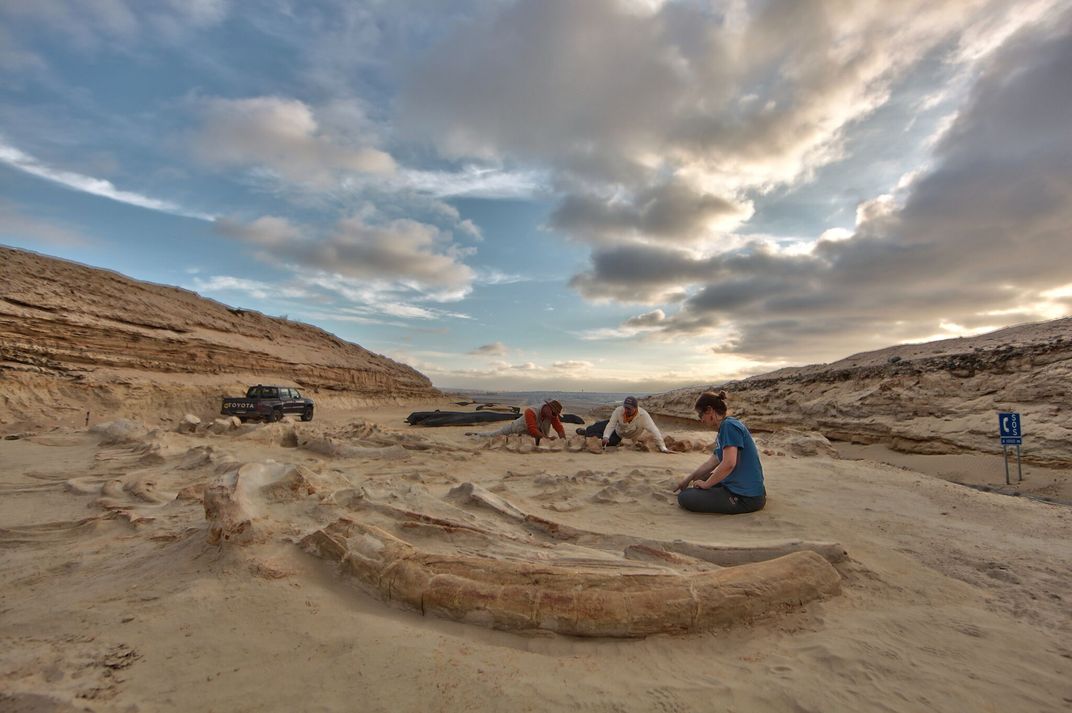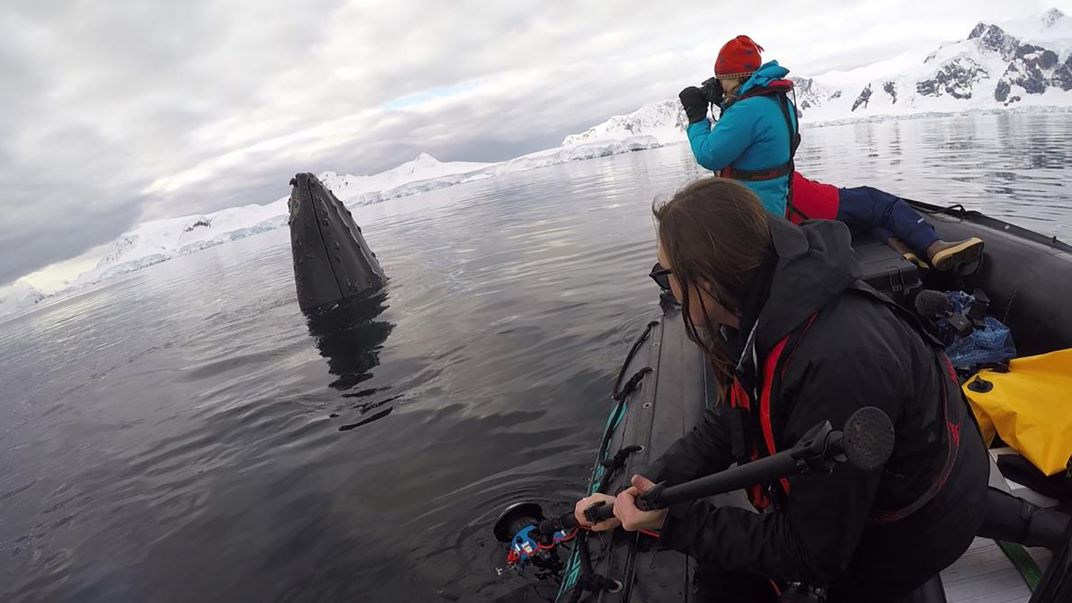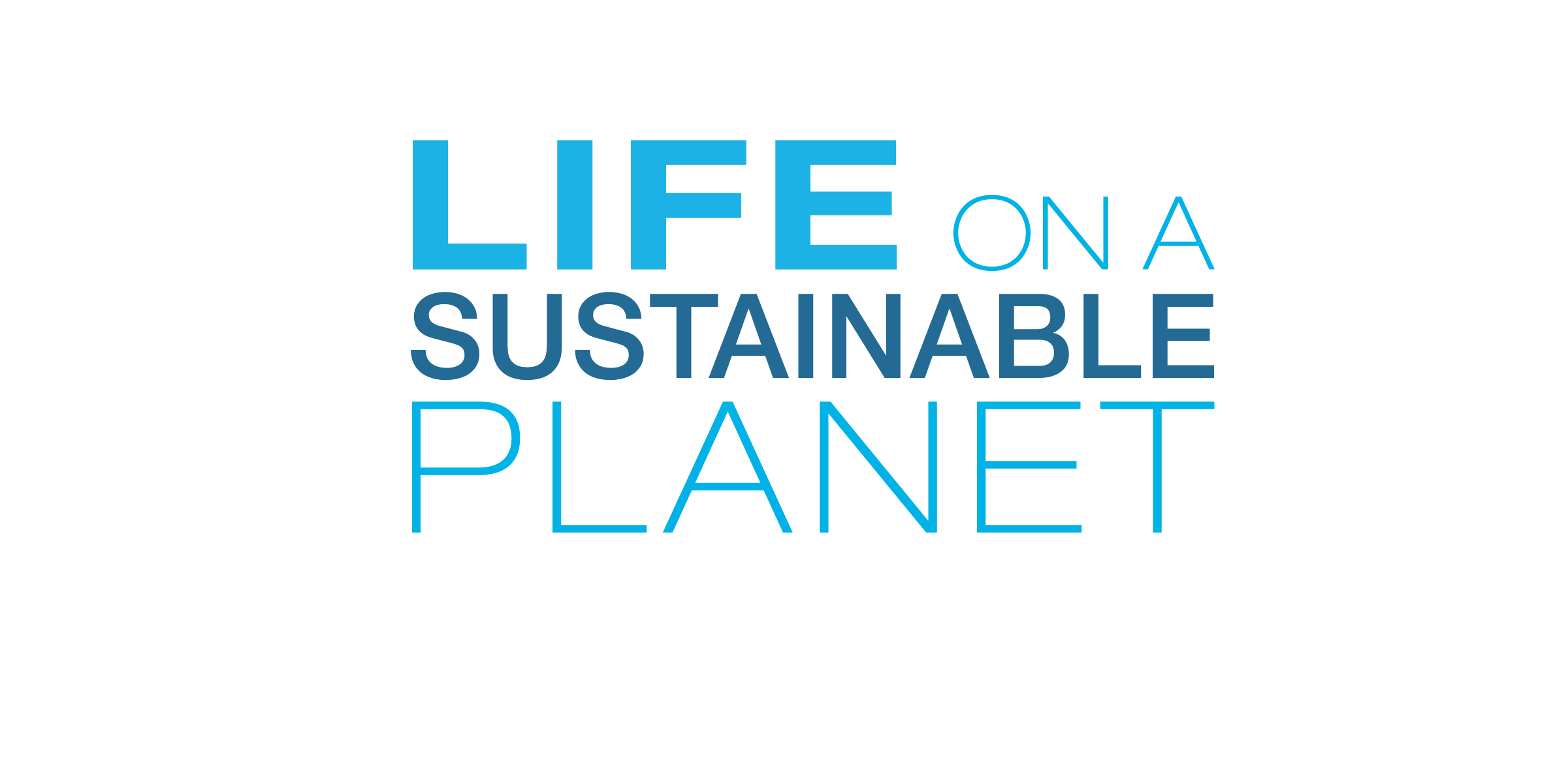Digging Into the Past to Find Optimism for the Future
We know that story of what will happen in the coming decades and centuries… what’s different about where we’re going has to do with the rate of these changes and the biodiversity at hand.
/https://tf-cmsv2-smithsonianmag-media.s3.amazonaws.com/blogging/featured/_AZA8092.jpg)
Dr. Nick Pyenson is the curator of fossil marine mammals at the Smithsonian Institution’s National Museum of Natural History in Washington, DC. His expeditions have taken him to every continent studying the evolution and ecology of marine mammals. Along with his collaborators, he has named over a dozen new fossil species, discovered the richest fossil whale graveyard on the planet, and described an entirely new sensory organ in living whales. Ahead of the Earth Optimism Digital Summit, during which Pyenson will hold a Deep Dive on science diplomacy, Earth Optimism communications lead Cat Kutz asks him how he finds optimism while digging into the Earth's past.
How does looking into our planet’s past inspire hope for the future?
We know that story of what will happen in the coming decades and centuries — changes in temperature, ocean acidity, sea level — is written in the geologic past. Past Earths have seen the kind of changes we're about to experience. What's different about where we're going has to do with the rate of these changes (all happening within human lifetimes) and the biodiversity at hand (it includes us, and we depend on it). In that light, we need to have a solid understanding of how life on this planet has responded to past changes, and that's a challenge when the fossil record is incomplete and not entirely known. I'm inspired by that challenge, because I see the answers coming out of a mix of good work: in labs, in museum collections, and also out in the field. There's never been a time when natural history museums have been more important.

What role do you think Earth Optimism has to play during the current global circumstance?
The current pandemic disruption in many ways brings to our doorsteps problems that have been building for many decades: the fragmentation of ecosystems, the consequences of urbanization without foresight, and the need to integrate science as part of international action and policy. I'm hopeful because I think our current crisis communicates the urgency for real solutions in a way that the looming problems of climate haven't; glacial melt and sea level change seems farther removed from our field of concern than respiratory distress from a virus. Urgency can focus our attention on tools at hand to creatively build out of this crisis and focus on the bigger structural issues that bear on the long term: socioeconomic inequality, climate solutions, and strong international institutions.
Do you have a favorite conservation success story?
My expertise is with marine mammals, and they've long been the target of systematic hunts, which in some cases have killed millions of animals. Those changes likely had widespread ecological effects to the oceans that we barely understand. The good news is that effective policies (such as the US Marine Mammal Protection Act in 1972) have mitigated those losses and guided the rehabilitation of some of the most devastated species, including some of the largest whales. Today, those survivors -- such as right whales and gray whales -- have rebounded in numbers, but still contend with the challenges of living alongside us in noisy and messy urban oceans. We need to implement more smart policies, and I think we will start seeing that again in the US.

What are you looking forward to during the now digital Earth Optimism Summit?
I'm helping to organize and moderate a Deep Dive on the future of science diplomacy, something I think is right inline with our broader needs to see science play a role in foreign policy and international affairs. Aside from that, I'm really excited to see younger and more diverse voices participate in the social media conversations about the Summit. They're future voters, leaders, and teachers.

